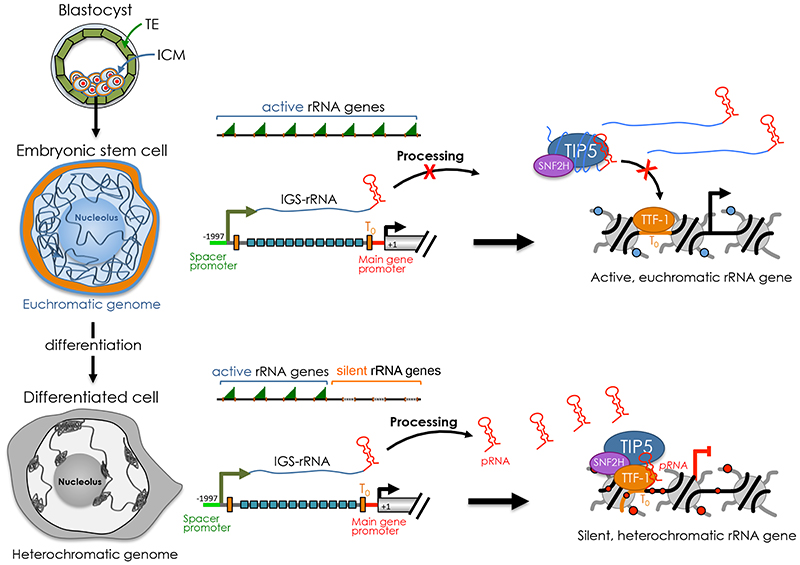Figure 3. Establishment of silent rRNA genes during ESC differentiation.
The pluripotency state in ICM can be immortalized in vitro through culturing of embryonic stem cells (ESCs). ESCs display an open and euchromatic genome that is remodeled into a condensed and heterochromatic state, including the formation of highly compact and transcriptional repressed heterochromatic regions that cluster at the nucleolus or at the nuclear periphery. rRNA genes are all active in ESCs and establishment of silent copies occurs only upon differentiation. In ESCs, the processing of IGS-rRNA into pRNA is impaired. This process is reactivated only upon differentiation. The association of TIP5 with the unprocessed IGS-rRNA prevents the interaction with TTF-1 that is bound to the promoter, thereby abrogating rRNA gene silencing. Upon differentiation, mature pRNA is produced and promotes TIP5-TTF1 interaction that is productive for NoRC guiding to rRNA genes and formation of heterochromatin at nucleoli. The formation of silent and heterochromatic rRNA genes coincides with the remodeling of the genome from a euchromatic into a heterochromatic state that favors the exit from pluripotency.

